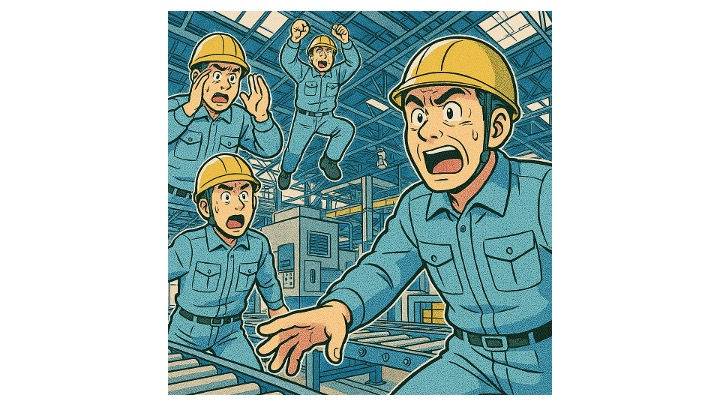Special-purpose (or dedicated) machines and General-purpose machines
- hidet77
- Apr 16
- 3 min read

In the Toyota Production System, we categorize machines into two categories: special-purpose (or dedicated) machines and general-purpose machines.
Special-purpose machines are used for specific products or customers. Because of this, they run according to takt time and the pace of demand. These machines should not have changeovers. Because they should run on takt time, we want to keep them in sequence continuously.
On the other hand, general-purpose machines are used for different products and customers. Because of these characteristics, these machines will have changeovers. They will run at the machine cycle time and tend to run in batch production.
It is important to note that this is NOT a categorization of technology. These are categories of a machine's use purpose. The same technology could be used for different purposes depending on the circumstances. For example, when the machine is purchased, running at the best rate during the depreciation period is better. Once the depreciation is done, keeping the machines inside the flow will benefit the entire factory. Because of this, TPM activities to extend the machine's life are critical. Just because you saw a technology used for one purpose does not mean it is the best answer. We always need to find a way to integrate technologies into a flow.
There is a confusion about the above. This is because of the following sentence inside Taiichi Ohno’s “Toyota Production System.”
“In keeping market diversification and production leveling in harmony, it is important to avoid the use of dedicated facilities and equipment that could have more general utility.”
Ohno, Taiichi. Toyota Production System: Beyond Large-Scale Production (p. 40). Kindle Edition.
That's a bad translation, as usual. Let’s look at the original Japanese.
市場の「多様化」と生産の「平準化」とを調和させるために、設備面の対策として重要なことは、汎用性を加味した設備の専門化である。
Now, let Google translate it.
“In order to harmonize the "diversification" of the market with the "standardization" of production, an important measure in terms of equipment is to specialize (dedicated) equipment while also incorporating versatility.”
As you can see, it is similar for the most part, but the last part, underlined, is different.
I will let the AI translate the same part.
"It is the specialization (dedicated) of equipment that takes versatility into account.”
As you can see, neither translation uses the word “avoid” or any similar meaning for special-purpose machines.
In addition, both translations are separated into “added versatility” and “specialized machines.” However, the same sentence can be cut into the following ways: “Machines added versatility” and “specialization.” Therefore, I would translate it as “versatile machines used for special (dedicated) purposes.” In other words, if we are going to get a machine, we should get a general-purpose machine since that has far more flexibility for the future. Yet, when we use them, if cost allows, place them for special-purpose to create flow and takt time.
Once in a while, we run into a factory with many old machines ready to be scrapped. I call such “old” machines “treasure islands.” Of course, they are in poor condition. Therefore, we need to refurbish them and provide proper care. But these “old” machines open the door to many possibilities on flow and Jidouka. Many machines were thrown away here since they were designed for a special purpose. The machine is thrown away once such a special purpose, a product, ends. But these machines are always adjustable to break off special parts. Once such special sections are removed, the machine is ready to work in a new environment. These old machines are always treasured to create a flow, regardless of their original intention.



Comments